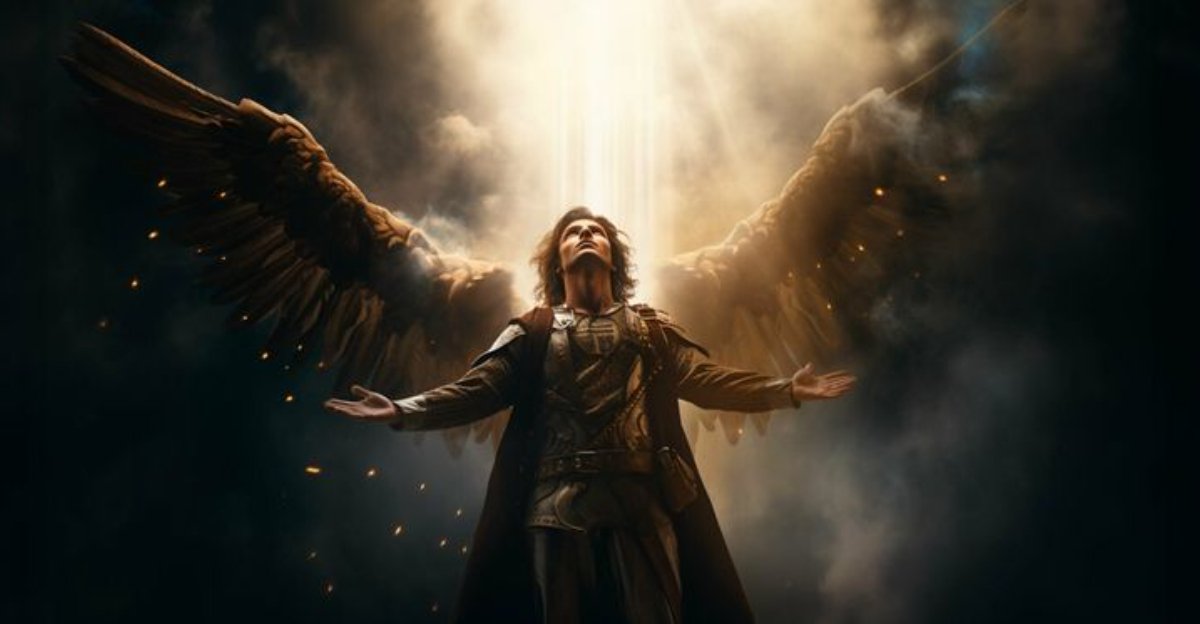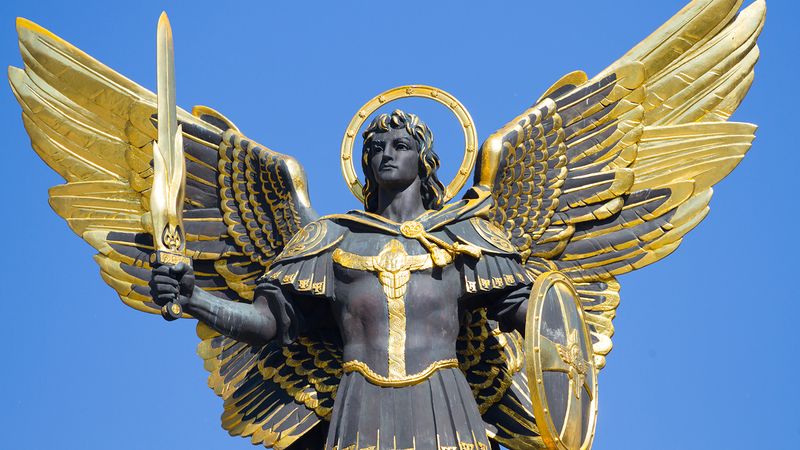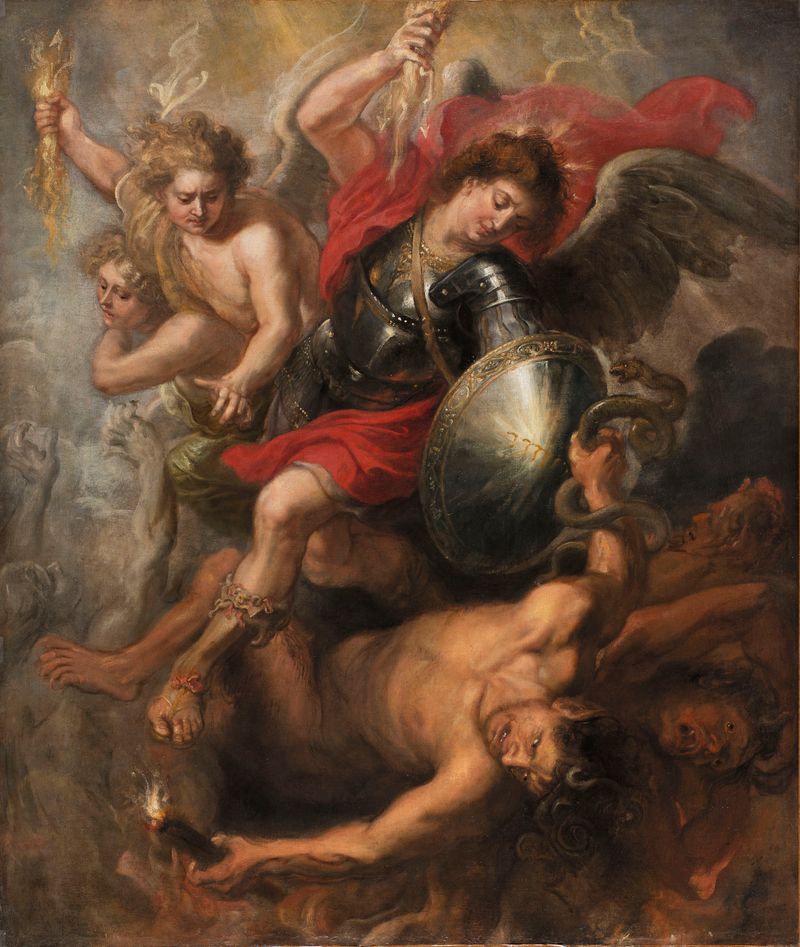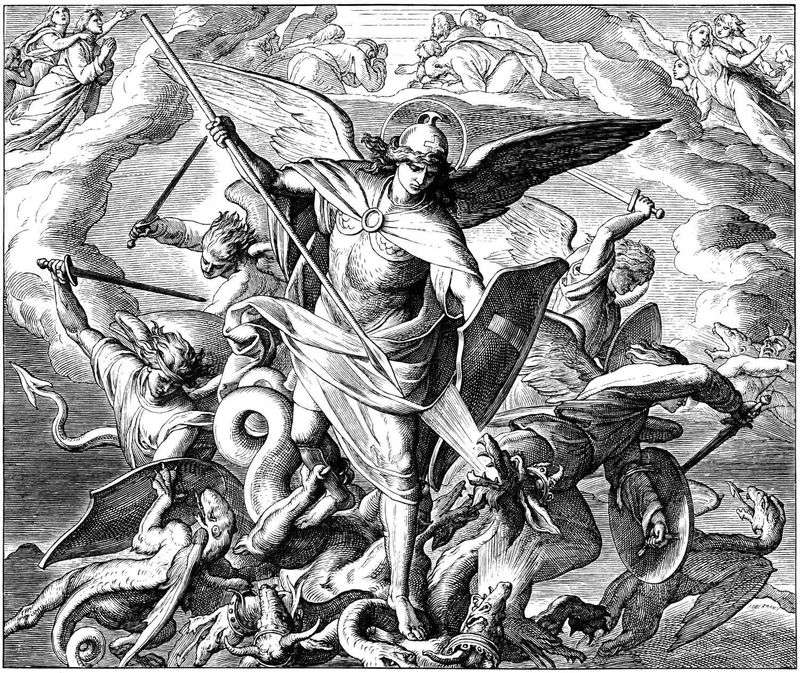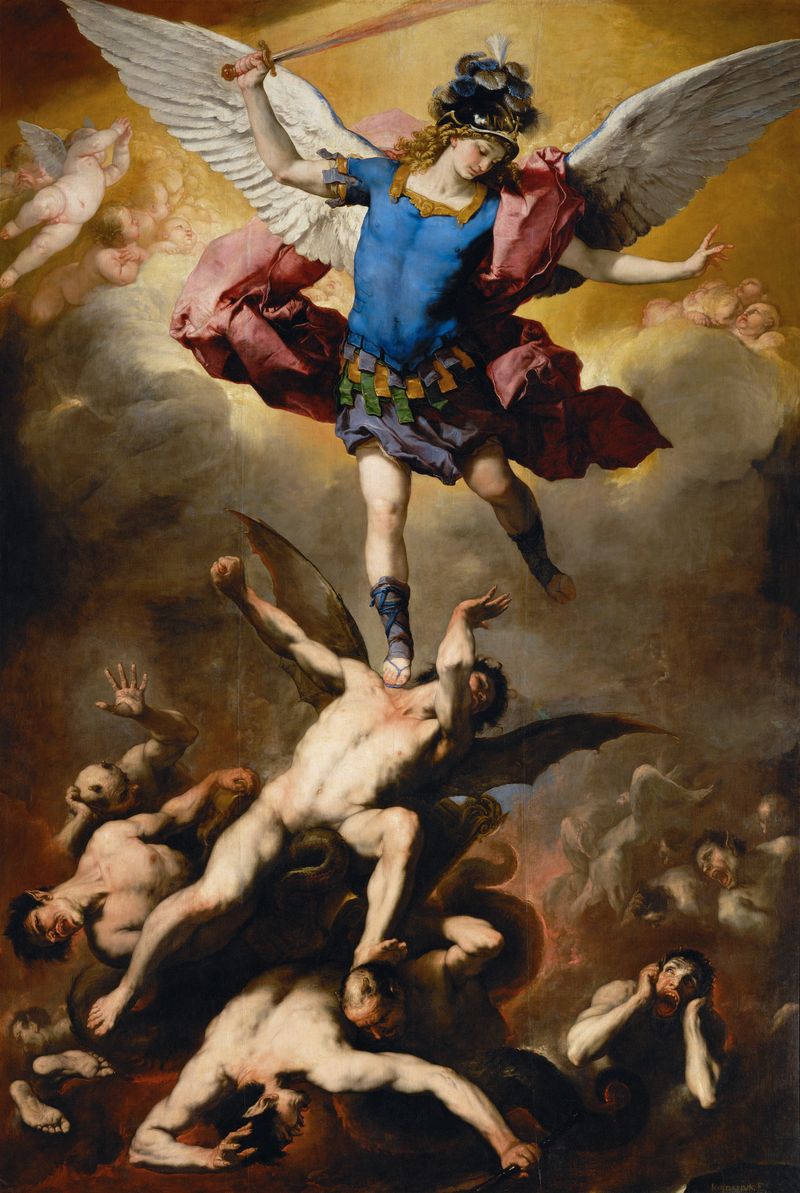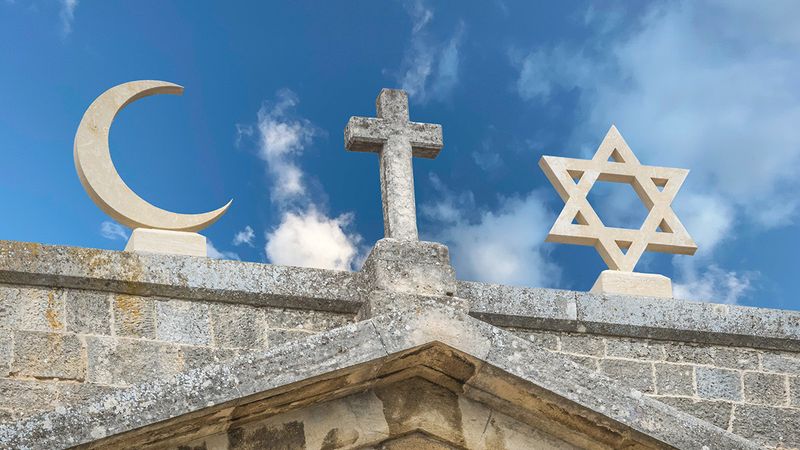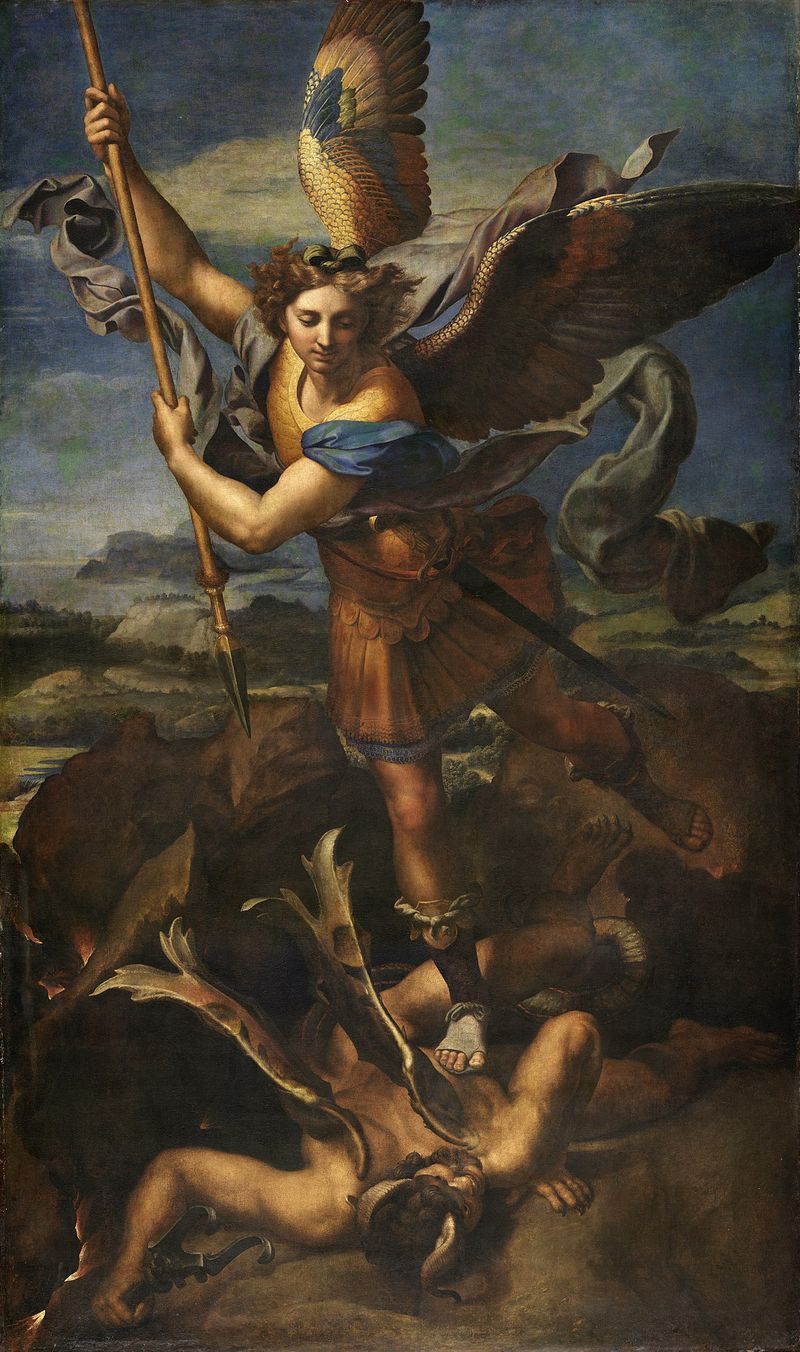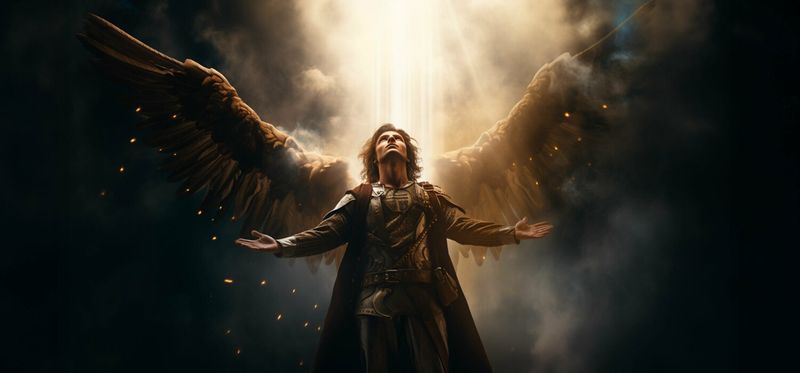Archangel Michael is one of the most famous heavenly beings in religious texts worldwide. Many of us grew up with stories about this powerful angel, but not everything we’ve heard is accurate.
From his role in different faiths to his actual biblical descriptions, there are plenty of misconceptions floating around.
Ready to discover what you’ve gotten wrong about this celestial figure?
1. Not Just Any Ordinary Angel
Many casual believers lump Michael together with regular angels, but this heavenly being stands in a league of his own. The title “Archangel” literally means “chief angel” or “ruler of angels,” signifying his elevated status.
Scripture backs this up clearly. In Jude 1:9, Michael is specifically named “the Archangel” – the only angel in the Protestant Bible with this distinguished title. This isn’t just a fancy name but indicates his special authority and position in the celestial hierarchy.
2. The Bible’s Only Named Archangel
Popular culture loves featuring multiple archangels, but this portrayal strays from biblical text. While names like Gabriel, Raphael, and Uriel populate extra-biblical sources and appear in various religious traditions, Michael stands alone in Protestant scripture.
He is the only angel explicitly called “Archangel” in the canonical Bible. Other archangels appear in apocryphal texts like the Book of Enoch or Catholic tradition, but weren’t included in Protestant biblical canon. This exclusive title makes Michael uniquely significant among angelic beings.
3. Warrior, Not Just Messenger
Contrary to common belief, Michael isn’t primarily a messenger like Gabriel. His biblical role reveals a celestial commander leading heaven’s armies against dark forces.
Revelation 12:7-9 dramatically portrays Michael commanding angelic legions against Satan’s rebellion. His name in Hebrew—”Who is like God?”—reflects this defender role rather than a communicator function. Medieval art often depicts him with a sword and armor rather than scrolls or trumpets, accurately capturing his warrior essence in religious tradition.
4. Purely Spiritual Being
Movies and books sometimes portray Michael taking human form or even being reincarnated, but these are creative liberties. Unlike fallen angels in some traditions, Michael never became human or inhabited a physical body.
His appearances in scripture are always as a spiritual entity. Artists throughout history have depicted him with human features simply to make him relatable to viewers. These anthropomorphic representations helped believers connect with an otherwise incomprehensible celestial being.
5. Not the Same as Jesus
Some religious groups teach that Michael and Jesus are the same entity, creating considerable theological confusion. This belief, promoted particularly by Jehovah’s Witnesses and some Seventh-day Adventists, contradicts mainstream Christian doctrine.
Traditional Christianity maintains clear separation between Christ (divine and uncreated) and Michael (a created being). The Bible presents Jesus receiving worship while angels, including Michael, refuse it. This fundamental distinction separates the Son of God from even the mightiest angelic being.
6. Commander of Heaven’s Army
Hollywood loves a lone hero narrative, often portraying Michael single-handedly battling Satan. Biblical accounts tell a different story—he leads a massive angelic army rather than fighting solo.
Revelation describes a coordinated celestial military campaign with Michael as general. His strength comes not just from personal power but from his leadership position. This communal victory carries deeper theological significance, showing God’s kingdom operating through ordered hierarchy and collective effort rather than individualistic heroism.
7. Recognized Across Multiple Faiths
Michael’s significance extends far beyond Christianity alone. In Judaism, he serves as Israel’s special guardian and prince (Daniel 10:21), watching over the Jewish people throughout history.
Islamic tradition knows him as Mīkāʾīl, an angel of mercy responsible for bringing rain and nourishment to earth. He appears in the Qur’an (2:98) alongside other major angels. This cross-religious presence makes Michael something of an interfaith figure, recognized by billions of believers across different traditions throughout centuries.
8. Evolution from Guardian to Warrior
Michael’s biblical portrayal evolved dramatically between testaments. The Old Testament (particularly Daniel) presents him primarily as a protective guardian and prince of Israel, focused on defending God’s people.
His famous dragon-slayer identity emerges later in Revelation. This transformation reflects changing theological needs across different historical periods. Early Jewish communities needed divine protection during exile and persecution, while early Christians faced apocalyptic fears requiring a more militant heavenly champion.
9. Artistic Liberty in Appearance
Those magnificent wings and flaming sword? Pure artistic invention! Scripture provides remarkably little detail about Michael’s actual appearance, leaving artists free to visualize him according to their cultural context.
Medieval European depictions gave him knight’s armor, while Byzantine art favored imperial robes. His common features—wings, sword, scales of justice—developed through artistic tradition rather than biblical description. These symbolic elements communicate his functions rather than literal appearance, helping believers grasp abstract spiritual concepts through familiar visual language.
10. Heaven’s Guardian, Not Judge
Despite popular depictions of Michael weighing souls or deciding who enters heaven, this role belongs to God alone. Michael may escort or protect souls according to some traditions, but he never determines their eternal fate.
Catholic tradition suggests he assists at death and escorts souls, while Orthodox Christians invoke him for protection during life’s final moments. This supportive function differs significantly from judgment. Michael serves more as heaven’s defender and escort rather than its gatekeeper—a crucial distinction often blurred in cultural portrayals.
